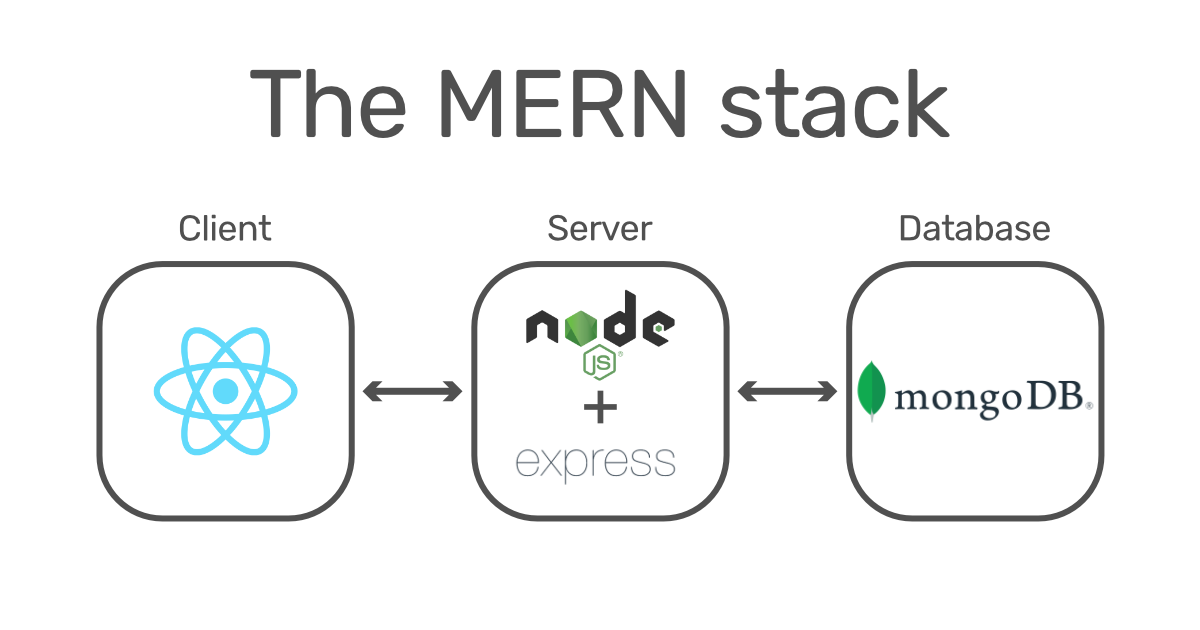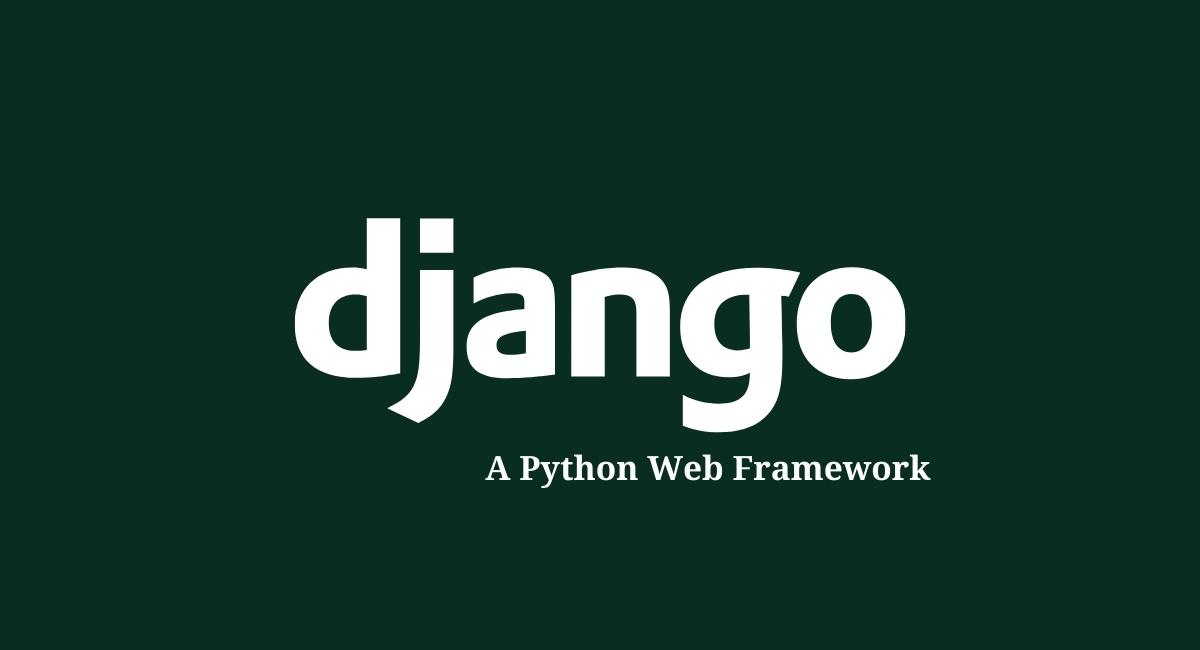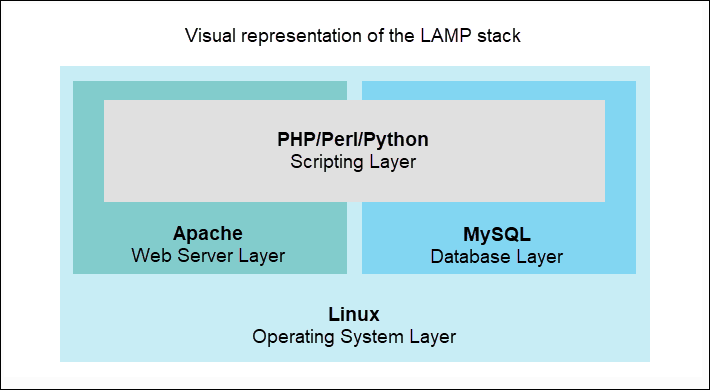
In the dynamic world of web development, choosing the right technology stack is crucial for the success of any project. With a plethora of options available, developers often find themselves navigating through various frameworks, languages, and databases to find the perfect fit. In this blog post, we'll dive deep into some of the top web development stacks of 2024, exploring their components, benefits, and considerations for making an informed decision.
Understanding Web Development Stacks
A web development stack, also referred to as a tech stack, is a collection of software and technologies used to build and deploy web applications. It encompasses everything from frontend technologies for creating user interfaces to backend technologies for managing data and logic, alongside databases, web servers, and more.
Key Components of a Web Development Stack
- Frontend Technologies: HTML, CSS, and JavaScript form the core languages for shaping the user interface of a web application.
- Backend Technologies: These encompass server-side scripting languages like PHP, Python, or Node.js, responsible for managing data and application logic.
- Database: The database management system where application data is stored, such as MySQL, MongoDB, or PostgreSQL.
- Web Servers: Software like Apache or Nginx that dispenses web content to users by processing HTTP requests.
Factors to Consider When Choosing a Tech Stack
- Project Requirements: Evaluate the specific needs of your project, including complexity, scalability, and desired functionalities.
- Team Expertise: Consider the skills and familiarity of your development team with different technologies.
- Community and Support: Assess the size and activity of the technology community for enhanced support and resources.
- Scalability and Performance: Determine if the stack can accommodate the anticipated user base and traffic levels.
- Security: Prioritize security features and best practices to safeguard your application and user data.
- Third-Party Integrations: Verify compatibility and ease of integration with external services or APIs.
- Cost and Licensing: Evaluate the cost implications, including licensing fees, maintenance, and hosting expenses.
Expanding on the Top Web Development Stacks
LAMP Stack
Components:
- Linux: Serving as the operating system, Linux offers stability, security, and flexibility.
- Apache: As the web server, Apache handles incoming HTTP requests and serves web content to users.
- MySQL: MySQL serves as the database management system, providing a reliable and scalable solution for storing and managing application data.
- PHP: PHP is a server-side scripting language used for developing dynamic web pages and web applications.
Benefits:
- Open-source: All components of the LAMP stack are open-source, making it a cost-effective solution for web application development.
- Popular: LAMP has a large and active community of developers, resulting in extensive documentation, tutorials, and resources readily available for newcomers.
- Portable and Secure: LAMP applications can be deployed on various environments, and the stack offers robust security features, making it suitable for a wide range of projects.
Ideal for:
- Lightweight projects: LAMP is well-suited for small to medium-sized projects with relatively simple requirements.
- Rapid development: The simplicity and familiarity of PHP make it easy to develop and iterate on web applications quickly.
- Cost-effective solutions: Since all components are open-source, LAMP offers a budget-friendly option for startups and small businesses.
MERN Stack

Components:
- MongoDB: MongoDB is a document-oriented NoSQL database, offering flexibility and scalability for storing and managing data.
- Express.js: Express.js is a minimalist web application framework for Node.js, providing a robust set of features for building web servers and APIs.
- React: React is a JavaScript library for building user interfaces, developed by Facebook.
- Node.js: Node.js is a JavaScript runtime environment that allows developers to run JavaScript code on the server-side.
Benefits:
- Single language usage: MERN allows developers to use JavaScript throughout the entire development process, simplifying the learning curve and enabling code reuse.
- Full-stack JavaScript development: With JavaScript used for both frontend and backend development, MERN enables developers to work seamlessly across the entire stack.
- Code reusability: React's component-based architecture promotes code reusability, modularity, and maintainability.
Ideal for:
- Real-time web applications: MERN is well-suited for applications requiring real-time updates and dynamic user experiences.
- Scalability: MongoDB's flexible data model and Node.js's non-blocking I/O make MERN a scalable solution for handling large volumes of concurrent requests.
- Dynamic user interfaces: React's virtual DOM and component-based architecture make it ideal for building dynamic and interactive user interfaces.
MEAN Stack

Components:
- MongoDB: Similar to the MERN stack, MongoDB serves as the database management system.
- Express.js: Express.js is used as the web application framework for Node.js in the MEAN stack.
- Angular: Angular is a frontend web application framework developed by Google.
- Node.js: Node.js serves as the server-side runtime environment.
Benefits:
- Cross-platform development: MEAN applications can be developed and deployed across various platforms.
- Extensive ecosystem: The MEAN stack benefits from an extensive ecosystem of open-source libraries, modules, and tools.
- Performance and scalability: MongoDB's document-oriented storage, Express.js's lightweight middleware, and Node.js's non-blocking I/O architecture make MEAN a scalable and performant solution.
Ideal for:
- Scalable applications: MEAN is well-suited for applications requiring scalability, performance, and flexibility.
- Single language usage: MEAN enables developers to use JavaScript across the entire development stack.
- Full-stack JavaScript development: Similar to MERN, MEAN allows developers to work seamlessly across frontend and backend development using a single language.
Django Stack

Components:
- Django: Django is a high-level Python web framework known for its simplicity, flexibility, and scalability.
- Python: Python serves as the foundation for Django.
- Database Management System: Django supports various database management systems.
- Web Server: Django applications can be deployed on various web servers.
Benefits:
- Rapid development: Django's high-level abstractions, built-in features, and automatic admin interface enable rapid development and iteration on web applications.
- Scalability: Django is designed to scale well and manage heavy traffic.
- Security: Django prioritizes security by incorporating built-in protections against common web application vulnerabilities.
Ideal for:
- Robust web applications: Django is well-suited for building robust and feature-rich web applications.
- Python enthusiasts: Developers who are familiar with Python or prefer its simplicity and readability will find Django an attractive framework for web development.
- Secure frameworks: Django's emphasis on security features and best practices makes it an ideal choice for applications requiring stringent security requirements or compliance standards.
Conclusion
Selecting the right web development stack is a pivotal decision that influences the success and efficiency of your project. By comprehending the components, benefits, and considerations of each stack, developers can make informed choices that align with their project requirements, team expertise, and long-term objectives. Whether opting for the traditional LAMP stack, modern JavaScript-based stacks like MERN and MEAN, or the robust Django stack for Python enthusiasts, there exists a tech stack tailored to every project's needs. Evaluate your options meticulously, consider the aforementioned factors, and embark on your web development journey with confidence and clarity.



